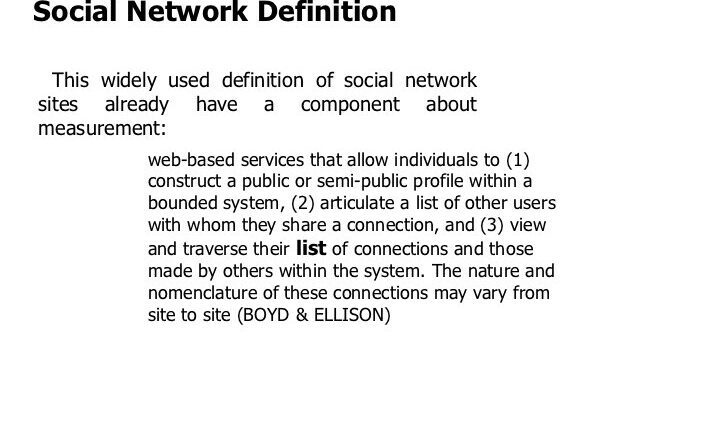Definition of self-measurement
THEautomesure blood pressure is the voluntary measure of arterial pressure by the patient himself.
This self-measurement is carried out using portable devices that can be used at home (autotensiometer). The goal is to get more accurate blood pressure readings that better reflect reality than just one measurement taken at the doctor’s office.
It should in fact be emphasized that blood pressure fluctuates during the day, and therefore that an isolated measurement has no value. The ideal way to assess arterial hypertension is therefore to be based on the average of blood pressure measurements obtained at home.
The recommendations generally advise to take two measurements in the morning and two in the evening, for at least three days before a consultation with the doctor, and if possible for 7 days. In practice, the doctor often recommends the “rule of three”, recommended in France by the Haute Autorité de santé: three measurements in the morning and three in the evening for three days.
Why practice self-measurement?
Self-measurement of blood pressure has become an essential tool in the management and diagnosis of hypertension. It is used in people with high blood pressure, for example for:
- confirm the diagnosis by improving accuracy
- spot a consultation hypertension (or “white coat”), which concerns up to 25% of “hypertensive” people over 65, and which results in an increase in pressure only in the presence of medical personnel
- highlight a masked hypertension which, conversely, is not visible in the doctor’s office, and which affects 10 to 15% of patients.
- Adjust the anti-hypertension treatment.
The device
There are many blood pressure monitors on the market. The most reliable are those which use a humeral cuff (at the level of the arm).
There are also wrist and digital blood pressure monitors, but they are less reliable and / or not validated.
It is very important that the cuff used is suitable for the circumference of the arm.
Measurement
The measurement should be taken after 5 minutes of rest and 30 minutes without tobacco or coffee, in a seated position, with the back supported, the arm on the table. It is advisable not to cross your legs, to put your feet on the ground and to relax.
Once the humeral cuff is correctly placed, at heart level, 3 measurements are taken at 1 or 2 minute intervals. The forearm must be well placed on the table. The results should be copied onto a sheet (although most devices now have memory). The measuring sessions take place in the morning and evening (before taking the medication if the person is undergoing treatment), and before the meal, for the number of days recommended by the doctor.
Remark : It is normal for blood pressure to vary greatly throughout the day. This is not to be worried about, but it is important to write down all measurements well, without eliminating those that appear too low or too high.
There is no point in taking more measurements than the doctor has recommended: it may increase anxiety and does not make diagnosis easier.
Finally, remember that you should never change the dosage of your treatment alone without medical advice. If the pressure is too high or too low, only your doctor can adjust the treatment accordingly.
The results
The interpretation of the results must be made by the physician. As a guide, it is estimated that blood pressure values greater than 135/85 mmHg (millimeters of mercury) are too high.
Blood pressure is always measured using two values, the systolic pressure and the diastolic pressure. The first is the pressure of blood in the vessels when the heart contracts, and the second is the pressure when the heart relaxes. Ideally, the pressure should be less than 120/80 mmHg.
Above 135/85 mmHg and depending on other cardiovascular risk factors (diabetes, obesity, smoking, etc.) anti-hypertensive treatment may be offered.
The self-measurement can then be useful to assess the effectiveness of the treatment and to adjust the doses.
Read also : All about hypertension Learn more about hypotension |










